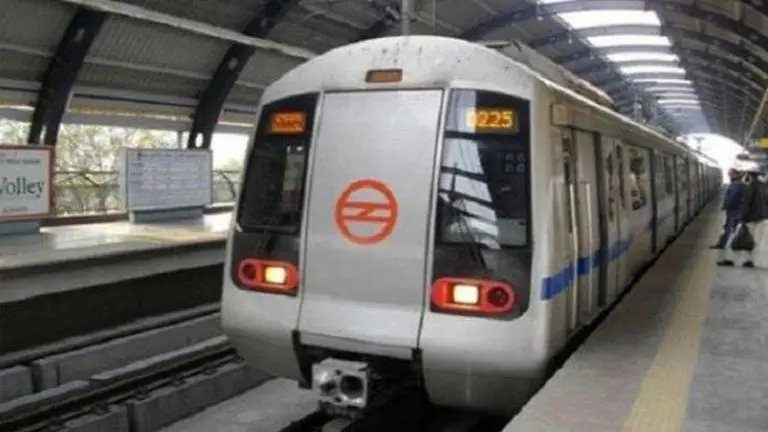Updated 29 November 2019 at 15:53 IST
Srinagar-Jammu metro project to start operations by September 2024
The Jammu and Kashmir government has set a September 2024 deadline to start operations on the Rs 9,590 crore metro project for twin cities of Jammu and Srinagar
- India News
- 4 min read

The Jammu and Kashmir government has set a September 2024 deadline to start operations on the Rs 9,590 crore metro project for twin cities of Jammu and Srinagar, an official spokesperson said on Friday. Lieutenant Governor Girish Chandra Murmu chaired a meeting here on Thursday evening to review the proposed Mass Rapid Transit System (MRTS) and the Light Rail Projects for Jammu and Srinagar.
Jammu-Srinagar metro operations to commence by September 2024
Dheeraj Gupta, principal secretary, Housing and Urban Development department gave a detailed presentation on the Light Rail Projects in Jammu and Srinagar. During the meeting, it was informed that the project costing Rs 9,590 crore is expected to commence operations by September 2024, the spokesman said.
It was also informed that the Light Metro Elevated Corridor in Jammu will connect Bantalab to Bari Brahmana Railway Station (Corridor-1) with a total length of 23 kilometres in phase-I and Exhibition Ground to Udheywala (Corridor-1) and Exhibition Ground to Satwari Chowk (Corridor-2) in Phase-II, he said.
Advertisement
Similarly in Srinagar, Indra Nagar to HMT Junction (Corridor-1) and Hazuri Bagh to Osmanabad (Corridor-2) each having a length of 12.5 km and Indra Nagar to Pampore Bus-stand (Corridor-1) Hazuri Bagh to Airport (Corridor-2) will be taken up in Phase-I and II, respectively, the spokesman said. The Lieutenant Governor emphasized on the linkage of Light Metro stations with tourist destinations and places receiving high footfall.
Advertisement
He directed the officers to prepare a plan for the clearance of Right of Way (RoW), land acquisition and other such matters. For successful implementation of the mega project, the LG observed that the planning and development of Mass Rapid Transit should be timed with the growth in travel demand.
On the current scenario of urban transport, it was informed that the average daily trips in Jammu and Srinagar, catered by public and intermediate public transport, is 12 lakh (68 per cent) and 21 lakh (88 per cent), respectively. Several important issues including major parameters for selection of MRTS corridors, fare structure of various operational metro rail systems and transportation model also figured in the meeting.
A video presentation was also given on the proposed MRTS for the cities of Jammu and Srinagar. The official said two MRTCs for both the cities were incorporated in February this year. 'Metro Man' E Sreedharan has been appointed as the principal advisor to these corporations, he said.
"It is proposed to have light rail system, the first in India, which will have low footprint, low noise, greater comfort, aesthetic appeal and will blend with the surrounding landscape," Gupta said.
As per the approval, Srinagar Metropolitan Region will cover the areas in districts of Srinagar, Budgam, Ganderbal, Bandipora, Baramulla, Pulwama, Anantnag, Kulgam and Shopian, covering an approximate area of 2494.65 sq km, he said. Similarly, the Jammu Metropolitan Region will cover the areas in Jammu, Samba, Kathua, Reasi, and Udhampur districts, covering an area of 2216.58 sq km.
The state government in December 2018 had enacted the Jammu and Kashmir Metropolitan Region Development Authorities Act, 2018 and subsequently created two umbrella authorities under it - Jammu Metropolitan Region Development Authority and Srinagar Metropolitan Region Development Authority.
These metropolitan region development authorities are expected to serve the purposes of coordination, besides supervising the proper, orderly and rapid development of the areas in these regions and executing plans, projects and schemes for such development while also raising resources for the mega projects.
Published By : Press Trust Of India
Published On: 29 November 2019 at 15:21 IST
